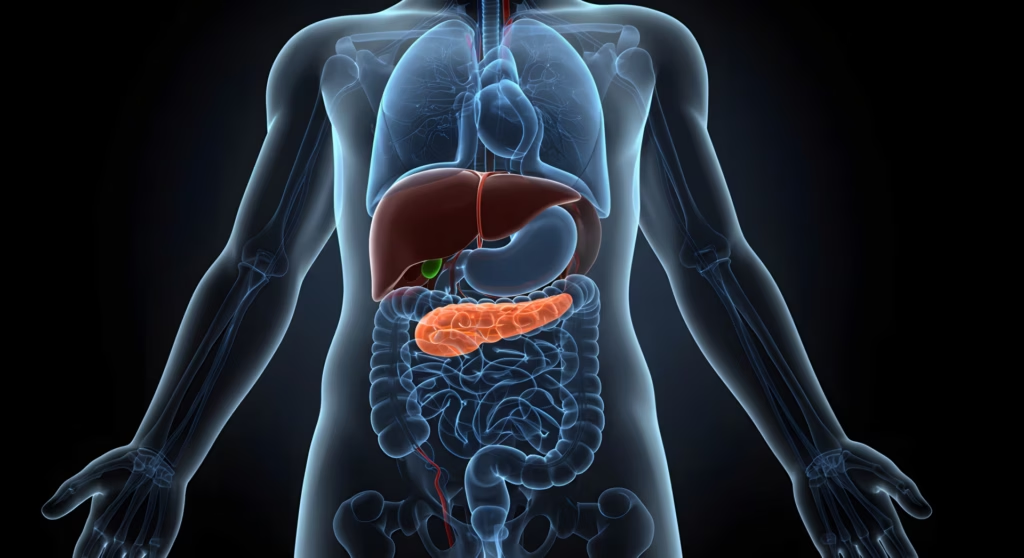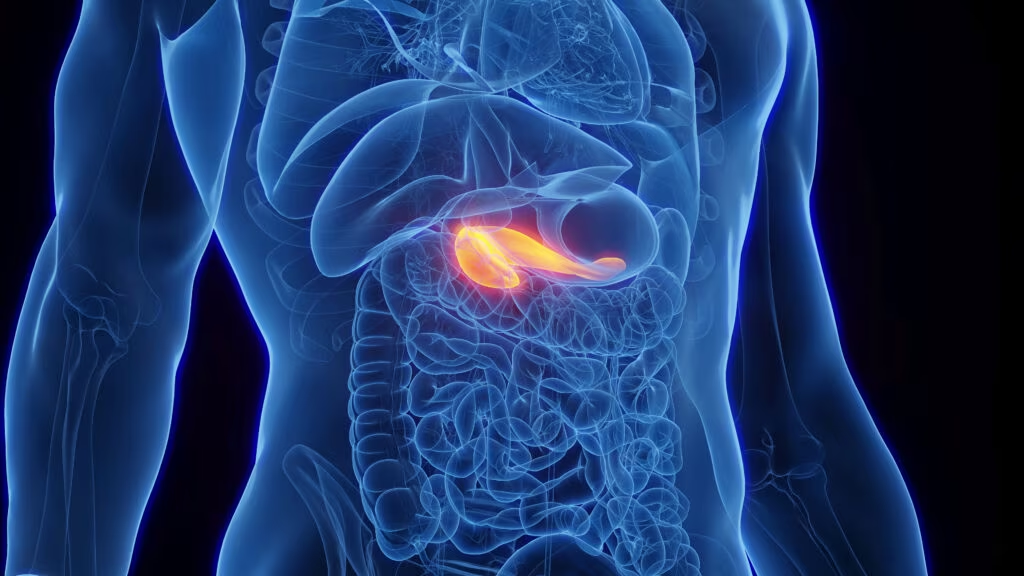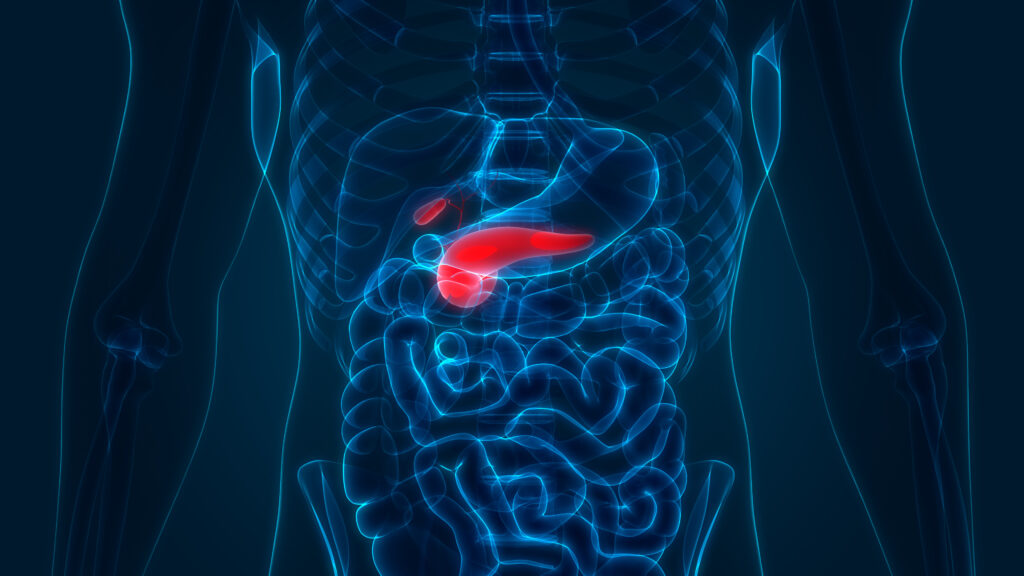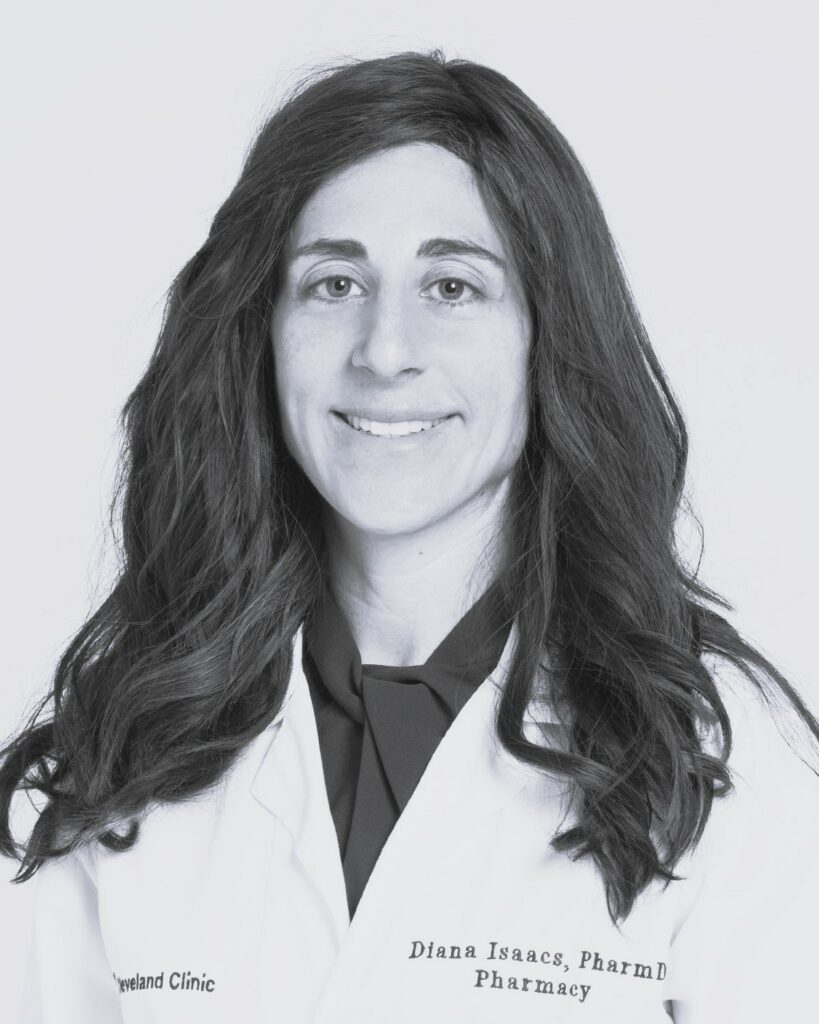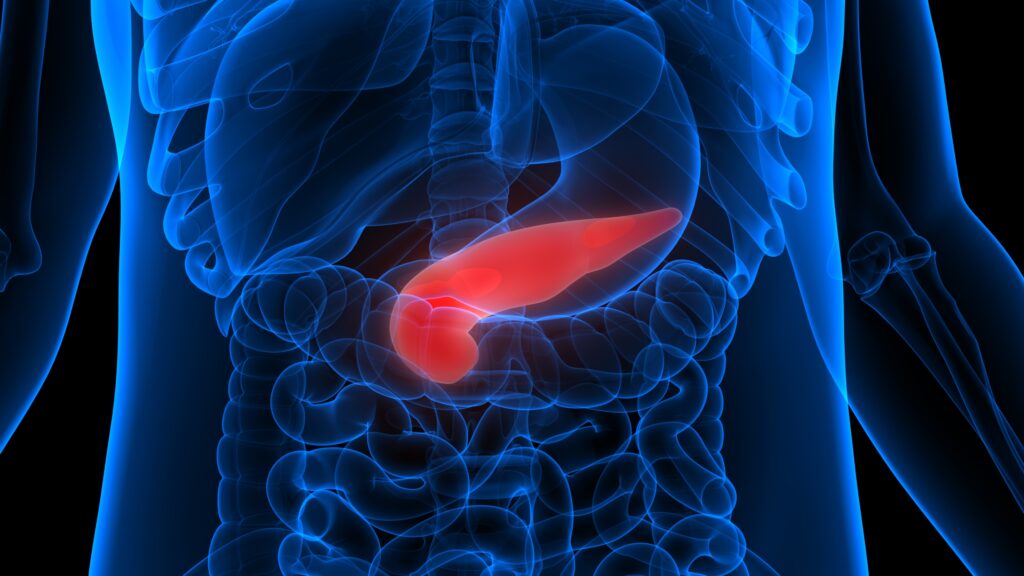We definitely have the personnel, tools, and resources to achieve our goals. Once the diagnosis of diabetes is established, we must provide a diabetic meal plan to achieve or approach desirable body weight. The rule of thumb to determine ideal body weight depends on the sex, height body frame, weight, and daily physical activity of the individual. A fivefeet- tall man should weigh 106 pounds; add six pounds for each additional inch. A five-feet-tall woman should weigh 100 pounds; add five pounds for each additional inch.
We definitely have the personnel, tools, and resources to achieve our goals. Once the diagnosis of diabetes is established, we must provide a diabetic meal plan to achieve or approach desirable body weight. The rule of thumb to determine ideal body weight depends on the sex, height body frame, weight, and daily physical activity of the individual. A fivefeet- tall man should weigh 106 pounds; add six pounds for each additional inch. A five-feet-tall woman should weigh 100 pounds; add five pounds for each additional inch. Ten percent of ideal weight can be added or subtracted for a large or small body frame. Additional calories are estimated for increased exercise or physical activity at work or play. To maintain ideal body weight, prescribe 12 calories per pound. For weight reduction, prescribe 10 calories per pound of ideal body weight and for weight gain prescribe 15-20 calories per pound. A reduction of 500 calories per day (3,500 calories per week) will decrease body weight by one pound per week. Your office scale will determine the patient’s adherence to your weight loss or gain prescription.
First, a copy of your, or the diabetes educator’s or dietician’s, diabetic meal plan must be explained to the patient and family member or significant other. The importance of body weight, body mass index, and waist circumference needs to be emphasized to the patient (see Table 1).
The second step is an exercise program to help with weight reduction or weight maintenance. Additional benefits include lower blood glucose and triglycerides, improved endothelial function, and decreased inflammation and blood viscosity. A major advantage of exercise is an improved sense of wellbeing and confidence and can include walking, bike riding, swimming, running, or an exercise of the patient’s choice. It is best to exercise at the same time daily, at least five times per week.
The third step is self-monitoring of blood glucose. Current meters measure whole blood and convert the value to plasma glucose. In the early stages of glucose self-monitoring, the whole-blood A1c was an average of 6% or an average of 120mg/dl. The plasma glucose value A1c of 6% is an average of 136mg/dl. Since we strive to achieve a fasting plasma glucose of 110mg/dl, it is clear we need to set an A1c goal of <6%.
I recommend obtaining blood sugars before each meal and before bedtime. Occasionally, an early-morning glucose measurement is obtained if hypoglycemia is suspected or when using an insulin protocol, insulin pump, or inhaled insulin. If the patient is in hospital or a nursing home, the blood glucose should be obtained when the meal tray enters the room and not at a fixed time schedule. The obtained glucose results should be plotted on a graph by the patient and the results evaluated by the patient, physician, and/or diabetes educator. The graphing and analysis of the blood glucose pattern will help in identifying the high peaks and avoid low blood glucose. An adjustment in the meal plan, meal scheduling, physical activity, or medication will help solve the problem and improve blood glucose control. Once control is improved, blood glucose testing can be gradually reduced to twice daily. Monitoring can be before breakfast and evening meals and some days before lunch and before bedtime.
The fourth step is the selection of oral hypoglycemic agents and/or insulin or gastrointestinal hormones. Your monitoring results and evaluation of the glucose graph’s patterns will help determine if changes need to be made to achieve an A1c goal of <6%. I recommend starting with metformin and add a thiazolidinedione, then a dipeptidyl peptidase- 4 (DPP-4) inhibitor or glucagon-like peptide-1 (GLP-1), byetta. If A1c goal is not reached, add supplemental insulin or convert to insulinalone protocol.
The management of diabetes and cardiovascular risk factors by the physician alone is very difficult and labor-intensive. Therefore, we must utilize the services of a diabetes educator or dietician and other healthcare
professionals to aid in the care, education, and management of the diabetic patient.1-5
The value of achieving an A1c of <6% is not questioned today. Many functional, biochemical, and morphological changes occur in diabetes in animal models and humans. The response to blood glucose control indicates that these changes are induced by the diabetes milieu and are a direct consequence of insulin deficiency and/or hyperglycemia.6-7
There is evidence presented by my colleague Dr Joseph Williamson that stimulation of the sorbitol pathway by hyperglycemia and the resultant reductive stress is a major contributor to the micro-vascular, macrovascular, and neurological complications.8-9
There is also evidence that the complications are related to the duration of diabetes and degree of blood glucose control. If we follow the principle of diabetes management, we can normalize blood glucose levels for prolonged periods of time because of the development of more effective treatment modalities, improved patient education programs, diabetes educators, increased physician education, and the rapidly expanding use of blood glucose monitoring.
Unfortunately, the criteria for A1c goals for diabetes management varies from <7% to <6%. That is an approximate difference of 36mg/dl plasma glucose, which is considerable. The goal for fasting blood glucose varies from <110mg/dl to 126mg/dl depending on the differing criteria of the American Diabetes Association (ADA), the American Association of Clinical Endocrinologists (AACE), or the Endocrine Society.
There are physicians who refuse to believe that an A1c <6% must be their goal and that they can help delay or prevent diabetic vascular and/or neurological complications. One major reason is the highly publicized University Group Diabetes Program (UGDP), in which I was a principal investigator. The study, which began in 1959, was designed to evaluate the relationship between blood glucose control and vascular complications in patients with newly diagnosed type 2 diabetes. In the 1970s, the investigators concluded that blood glucose control was ineffective in preventing small- and large-vessel and neurological complications regardless of the type 2 therapy: Orinase®, phenformin or insulin. The UGDP study was refuted by Kilo and Williamson.10-13
Another significant study involved the work of Dr Marvin Siperstein. He provided evidence suggesting that diabetic complications are unrelated to metabolic abnormalities, duration, or severity, but in some way are genetically pre-determined. Therefore, therapy should be designed to reduce the diabetic symptoms.14 The UGDP Study and Siperstein’s conclusions set diabetes management back by over a decade. The lack of blood glucose control is evidenced by numerous surveys, especially by the AACE,15 which reported that two out of three type 2 diabetics have A1c values >6.5%. We need more aggressive physicians and consumer education.
The cost of diabetes is also a serious matter. It has been reported that life expectancy of type 2 diabetics is shortened by about seven years.16 We have a type 2 diabetes epidemic in the US of over 21,000,000 people plus at least 54,000,000 pre-diabetics. The total direct and indirect cost of diabetes is approximately US$160 billion. One of every five dollars allocated by the National Institutes of Health is for diabetes. Diabetes is the most expensive chronic disease with most of the money spent on the vascular and neurological complications. Diabetes is a cardiovascular coronary artery disease risk equivalent. Heart attacks and stroke are two to six times more common. Diabetes is the leading cause of new adult blindness, end-stage renal disease, dialysis, and non-traumatic limb amputations. We know that diabetes accelerates the atherosclerotic process. Arteriosclerotic disease occurs at a younger age, is more widespread, and is more severe.17 Recent surveys indicate one of every three coronary intensive care patients has diabetes and one of every four hospitalized patients has diabetes. The cost of medication is only about 10-11% of total cost. We should be able to prescribe the best medication required to control diabetes and cardiovascular risk factors. The real challenge is to use this information and the guidelines to improve diabetes care with a goal of A1c <6%, reduce complications, decrease the cost of diabetes management and cardiovascular disease, and improve health and health-related quality of life.


